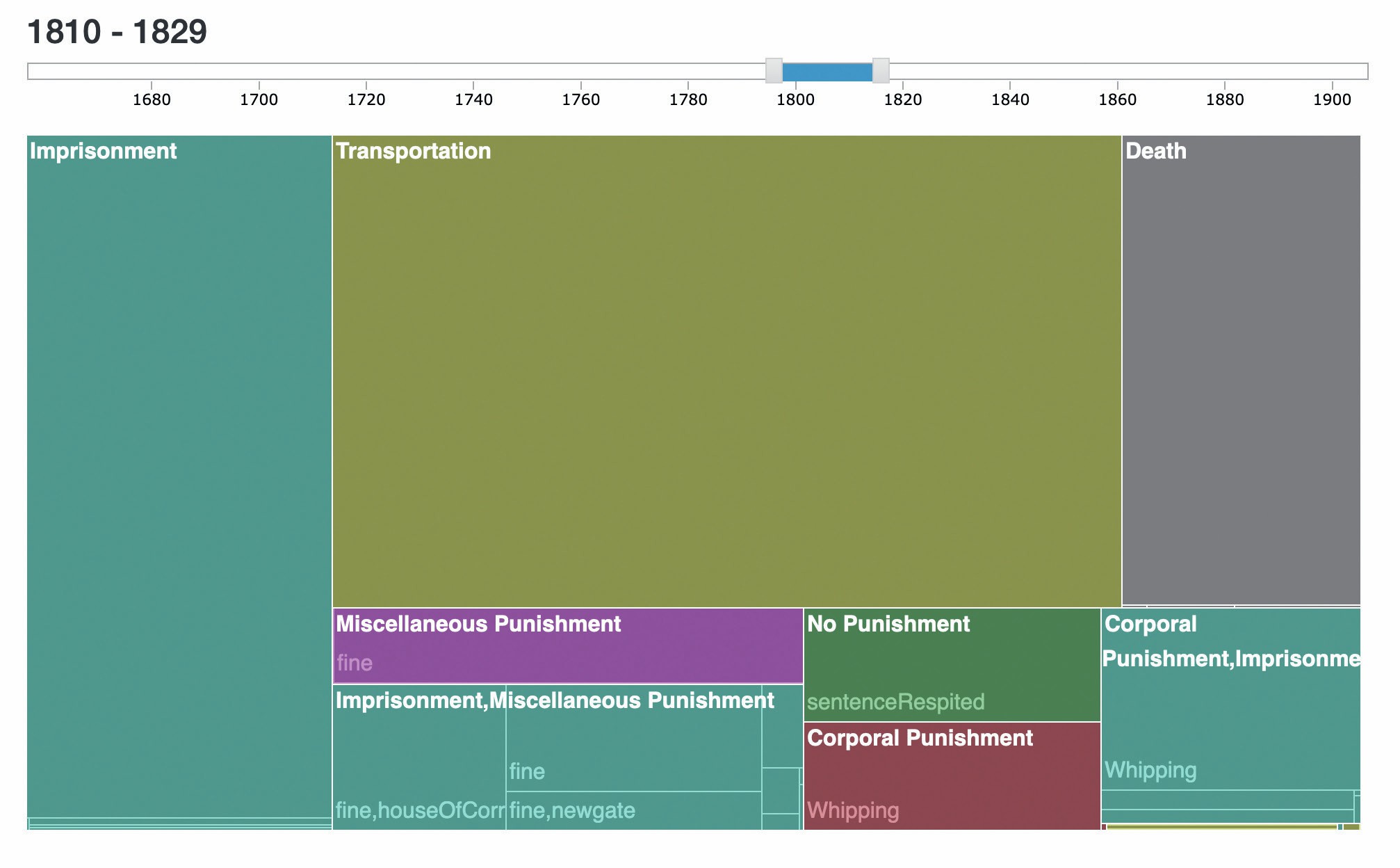
The Digital Panopticon website has been designed to allow research into the convicts who were sentenced to imprisonment or transportation to Australia between the late eighteenth and early twentieth centuries. The project used complex algorithms to ‘record link’ fifty datasets from London and Australia to create life narratives of the criminals being sentenced.
By weaving together social, personal and legal records, the project found that offenders were not defined solely by their criminal activities, but lived complex and difficult, though largely ordinary, lives, that were punctuated by interactions with a biased criminal justice system in Imperial Britain. Traditionally situated within the canon of social and economic history, the study of eighteenth and nineteenth-century crime exposes how the development of crime and justice was shaped by wider social issues including gender, class, race, ethnicity and sexuality.
Your organisation does not have access to this article.
Sign up today to give your students the edge they need to achieve their best grades with subject expertise
Subscribe




